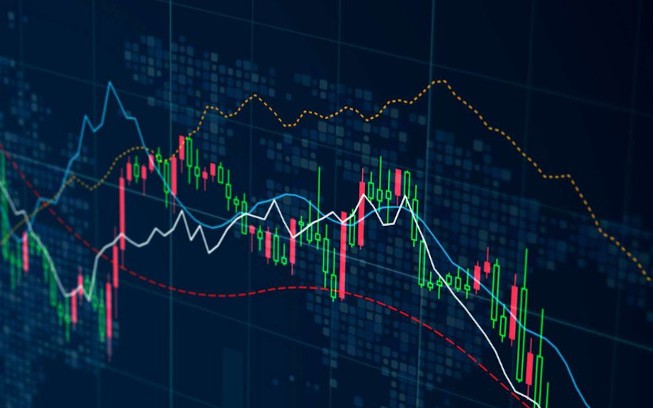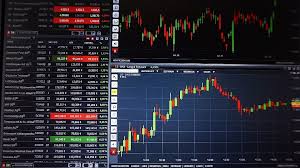
Understanding Forex Trading Sessions and Time Zones
The Forex market is a decentralized global market for the trading of currencies, with trading sessions occurring across major financial hubs around the world. Understanding the different Forex trading sessions and their respective time zones is crucial for traders looking to optimize their trading strategies. This article will explore these sessions in detail, helping you navigate the Forex market effectively. For more insights into Forex trading, visit forex trading sessions time zones trading-vietnam.com.
What are Forex Trading Sessions?
The Forex market operates 24 hours a day, five days a week, creating a continuous trading environment. This round-the-clock operation is divided into four main trading sessions corresponding to major financial centers: the Sydney session, the Tokyo session, the London session, and the New York session. Each of these sessions has distinct characteristics, volume patterns, and market dynamics.
1. Sydney Session
The Sydney trading session begins at 10 PM GMT and ends at 7 AM GMT. This session marks the opening of the Forex market for the week on Monday morning and closes it on Friday morning. Although it is considered the least active session among the four, it still offers significant opportunities, especially for trading pairs involving the Australian dollar (AUD) and New Zealand dollar (NZD).
2. Tokyo Session
Following the Sydney session, the Tokyo session starts at 12 AM GMT and ends at 9 AM GMT. This session is significant because it introduces the Asian market participants and brings liquidity to currency pairs associated with the Yen (JPY) and other Asian currencies. Volatility tends to increase as traders react to news and economic data releases from Japan and neighboring economies.
3. London Session

The London session is one of the most critical trading sessions, starting at 8 AM GMT and ending at 5 PM GMT. It overlaps with both the Tokyo session for a few hours and the New York session for some parts of the day, resulting in high trading volumes and broader price movements. The London session is particularly influential because it accounts for a significant proportion of Forex trading volume. Major currency pairs like EUR/USD, GBP/USD, and USD/CHF are particularly active during this session.
4. New York Session
Finally, the New York session runs from 1 PM GMT to 10 PM GMT and overlaps significantly with the London session. This overlap increases trading activity and volatility as both sessions are active simultaneously. The New York session is crucial for traders focusing on significant U.S. economic indicators, corporate earnings reports, and news that affects the USD. The economic activity in this session makes it a hotspot for swing traders and scalpers alike.
Understanding Time Zones
Understanding and adjusting to different time zones is essential for Forex traders. The Forex market operates on Universal Time Coordinated (UTC) and various time zones around the world need to be converted to UTC for trading operations. Here’s a general breakdown of the major time zones relative to GMT:
- Sydney (AEDT) – GMT +11
- Tokyo (JST) – GMT +9
- London (GMT/BST) – GMT +0/UTC +1
- New York (EST/EDT) – GMT -5/GMT -4
When trading Forex, it’s crucial to consider local holiday times and daylight saving changes, which can affect trading hours and market liquidity.
Trading Strategies Based on Sessions
The different trading sessions lend themselves to various strategies, and the effectiveness of those strategies can depend on market volatility and liquidity. Here are some strategies tailored to specific trading sessions:
Opening Breakout Strategy (Sydney)

During the Sydney session, traders can look for breakout opportunities as the market opens and reacts to weekend news. Traders may set buy or sell orders based on significant price levels established at the market’s opening.
Asian Range Trading (Tokyo)
The Tokyo session often features a narrower price range. Traders can utilize this by identifying the high and low of the session and placing trades accordingly. A break above or below could signal a continuation or reversal.
London Session Carry Trade
Given the high volatility in the London session, traders can employ carry trading strategies by taking advantage of the interest rate differential between currencies, notably when trading pairs involving the GBP and EUR.
News Trading (New York)
The New York session offers plenty of opportunities for news trading, especially with U.S. economic reports being released. Traders can analyze market expectations versus actual results and react accordingly, often resulting in volatile price moves.
Conclusion
Understanding Forex trading sessions and their respective time zones is vital for any trader looking to navigate the complex and dynamic Forex market. Each session presents unique opportunities based on liquidity and volatility, allowing you to adapt your strategies accordingly. In doing so, you can better position yourself for success in Forex trading.
By recognizing when the Forex market experiences its peak activity and which currencies are affected, you can enhance your trading performance and achieve your financial objectives.
